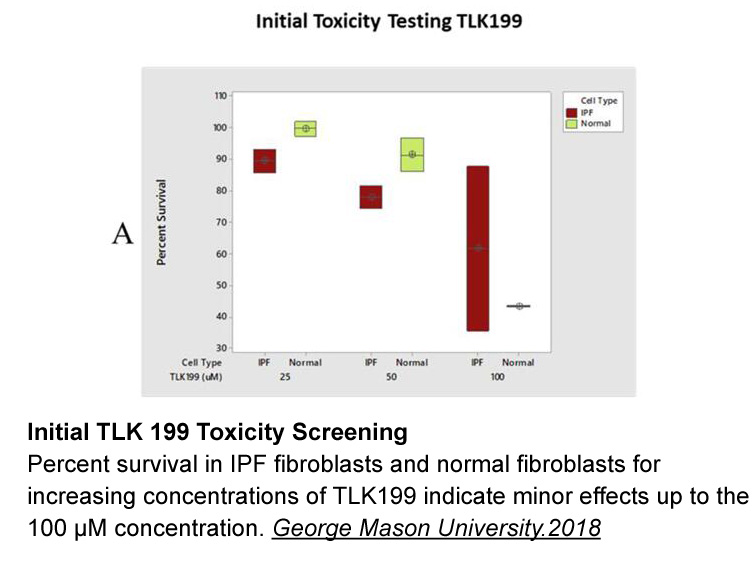Archives
Incubation of the aortic segments of rats with indomethacin
Incubation of the aortic segments of rats with indomethacin significantly decreased the vasoconstrictor response to Phe but only in HgCl2-treated group (Fig. 9A,B), as indicated by dAUC values (Fig. 9E). Co-treatment with losartan once again proved to be effective and prevented the increased participation of these inflammatory markers, inhibiting the effect of indomethacin on the vasoconstrictor response to Phe (Fig. 9C,D). These results confirm that, in addition to oxidative component, there is an inflammatory component participating in the vascular dysfunction promoted by the metal, which is also completely prevented by treatment with losartan.
In a previous report we have shown that Hg treatment increased the vascular ACE activity (Peçanha et al., 2010). Here we found that chronic HgCl2 treatment for 30 days increased Ang II AT-1 receptors pro tein expression in Baricitinib phosphate receptor compared to untreated rats; this increment was prevented by losartan (Fig. 10).
tein expression in Baricitinib phosphate receptor compared to untreated rats; this increment was prevented by losartan (Fig. 10).
Discussion
Cardiovascular diseases are the major cause of morbidity and mortality worldwide and increasingly they have been associated with exposure to environmental contaminants. In this context, heavy metals released by natural or anthropogenic sources have pointed as main agents of toxicity and chronic diseases (Pan et al., 2015, Kim et al., 2016). Hg is considered by the US Environmental Protection Agency (EPA, 1998) one of the most harmful air pollutants known, even in low concentrations, and it has been shown that Hg exposure is a risk factor for cardiovascular disease in humans (Virtanen et al., 2005). The cardiovascular effects caused by Hg exposure vary with the dose of metal and exposure time (Vassallo et al., 1996). In this study, although we found increased vascular reactivity and endothelial dysfunction in aorta after Hg treatment, no changes in blood pressure of rats were found, in agreement with previous reports in this animal model (Wiggers et al., 2008a; Peçanha et al., 2010; Furieri et al., 2011; Wiggers et al., 2016). However, when the exposure time to the metal is prolonged, an increase in SBP is observed probably due to this previous vascular injury and suggesting that the pressure rise would be a consequence of the progressive ROS generation and the subsequent endothelial dysfunction induced by Hg (Rizzetti et al., 2017).
The use of indirect blood pressure measurement by tail cuff in scientific research presents some limitations, since it lacks accuracy and only measures SBP levels. However, the precision of the indirect pressure readings was much improved by taking several series of readings comparing the mean values, as used in our study. In addition, this is the best technique to provide reliable values of SBP in conscious animals, since the animals remain in their natural environment during their performance and avoid influences of anesthetics and/or stress on the hemodynamic condition of the rats (Bodey and Michell, 1996).
Previously, we have reported that chronic exposure to low concentrations of HgCl2 for 30 days increased the contractile response to Phe in aorta, mesenteric, coronary and basilar arteries; this enhancement is associated with the increase in the oxidative stress from NADPH oxidase, NO bioavailability reduction and increased contractile prostanoids production from COX-2 (Wiggers et al., 2008a; Peçanha et al. 2010; Furieri et al., 2011; Wiggers et al., 2016). Moreover, we have also shown an increase in ACE activity in plasma of Hg-exposed rats (Peçanha et al., 2010). In the current study we confirm these data and also found an increase in Ang II AT-1 receptor protein expression in aorta of Hg-treated rats. The RAS plays an important role in the pathogenesis of several cardiovascular diseases. Thus, it has been reported that Ang II infusion increased blood pressure and vascular reactivity and induced endothelial dysfunction associated with the overproduction of ROS and the increase in the COX-2 activity (Martinez-Revelles et al., 2013, Hernanz et al., 2015). In addition, AT-1 receptor blockade reduces blood pressure, ROS production and the increased participation of COX-2-derived prostanoids on vasoconstrictor responses in SHR (Alvarez et al., 2007). Herein we found that losartan treatment although did not affect blood pressure, completely prevented the decreased endothelium-dependent relaxation to ACh and the increased contractile response to Phe in aorta of rats exposed to HgCl2, suggesting that Hg-associated vascular dysfunction is likely due to the increased RAS activity. Other heavy metals have also shown vascular effects associated to increased RAS activity. Thus, a chronic low-dose lead exposure also induced an increased Phe contractility in the rat aorta, which was related to the increased plasma ACE activity and protein AT-1 receptor expression (Silveira et al., 2014).